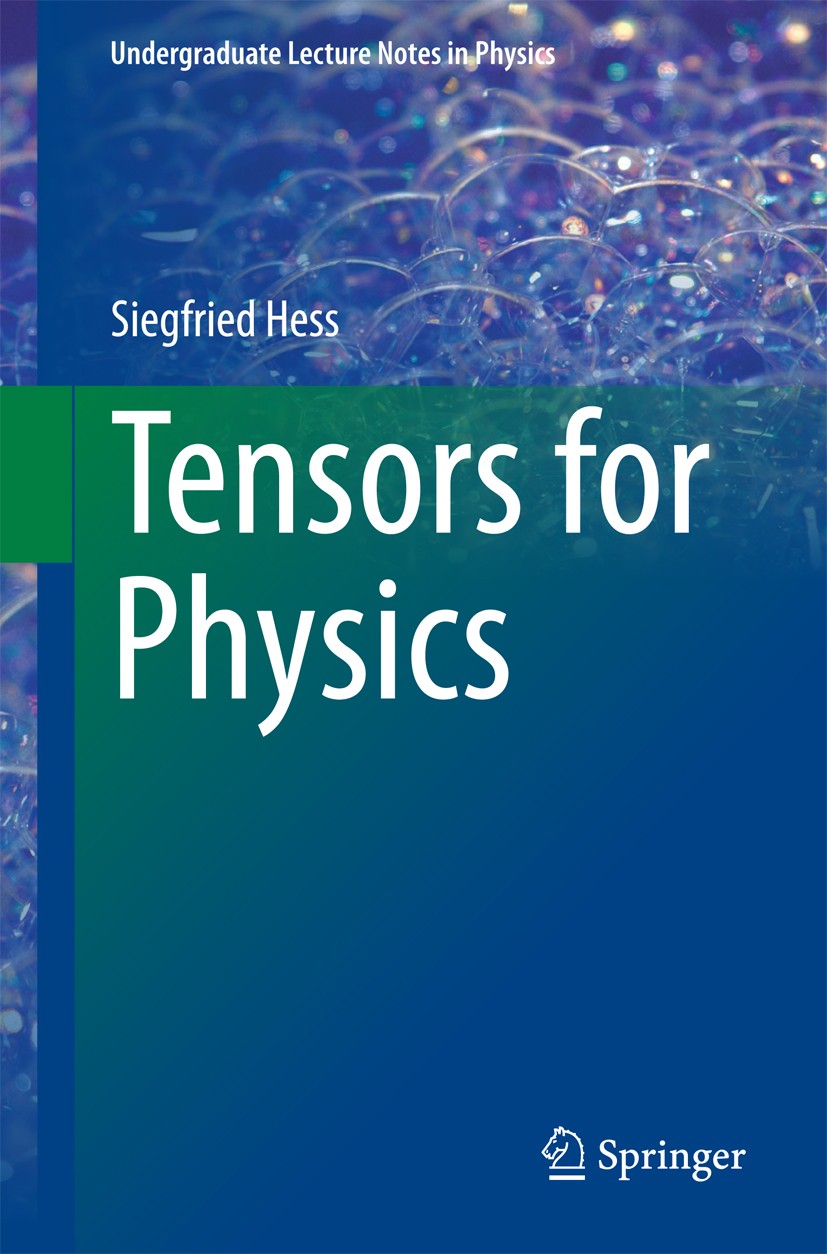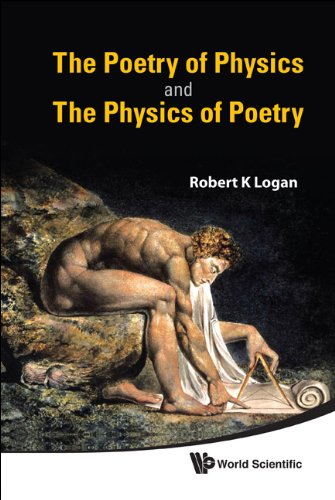Description
“Tensors Unveiled” serves as a comprehensive guide for physicists and students alike, navigating the often daunting realm of tensors with clarity and precision. Tensors, with their multi-dimensional nature, play a crucial role in modern physics, offering a robust mathematical framework for describing a wide range of physical phenomena. In this book, readers will embark on a journey from the fundamentals of tensors to their applications in classical mechanics, electromagnetism, general relativity, and beyond. With clear explanations, practical examples, and insightful illustrations, “Tensors Unveiled” demystifies this essential mathematical tool and equips readers with the knowledge and skills needed to tackle even the most challenging problems in physics.
Chapter 1: Introduction to Tensors This chapter provides a gentle introduction to tensors, laying the groundwork for understanding their mathematical properties and physical significance. Readers will learn about the tensor notation, index notation, and the concept of covariance and contravariance. Through simple examples and intuitive explanations, the chapter builds a solid foundation for exploring more advanced tensor concepts.
Chapter 2: Tensor Algebra Building upon the fundamentals established in Chapter 1, this chapter delves deeper into tensor algebra, exploring concepts such as tensor addition, multiplication, contraction, and transformation. Readers will learn how to manipulate tensors algebraically, apply the Einstein summation convention, and understand the rules governing tensor operations. Practical exercises and illustrative examples reinforce key concepts and aid in comprehension.
Chapter 3: Tensor Analysis In this chapter, readers will explore the geometric interpretation of tensors and their significance in physics. Topics covered include the geometric interpretation of covariant and contravariant tensors, tensor transformations, and the concept of metric tensors. Through geometric illustrations and intuitive explanations, readers will gain insight into the geometric properties of tensors and their role in describing physical phenomena.
Chapter 4: Tensors in Classical Mechanics Tensors play a fundamental role in classical mechanics, providing a powerful mathematical framework for describing the dynamics of particles and rigid bodies. This chapter explores the application of tensors in classical mechanics, covering topics such as the inertia tensor, angular momentum tensor, and stress tensor. Practical examples and applications illustrate how tensors are used to analyze the motion and behavior of physical systems.
Chapter 5: Tensors in Electromagnetism In electromagnetism, tensors are indispensable for describing the electromagnetic field and its interactions with matter. This chapter introduces readers to tensors in electromagnetism, covering topics such as the electromagnetic field tensor, Maxwell’s equations in tensor form, and the stress-energy tensor. Through practical examples and problem-solving exercises, readers will gain a deeper understanding of how tensors are used to model electromagnetic phenomena.
Chapter 6: Tensors in General Relativity General relativity, Einstein’s theory of gravity, relies heavily on tensors to describe the curvature of spacetime and the behavior of matter and energy within it. This chapter explores tensors in the context of general relativity, covering topics such as the metric tensor, Einstein’s field equations, and the stress-energy tensor in curved spacetime. Through thought-provoking examples and geometric interpretations, readers will explore the fascinating interplay between tensors and gravity.
Conclusion: “Tensors Unveiled” concludes with a reflection on the profound impact of tensors on our understanding of the physical universe. From their humble beginnings as mathematical abstractions to their central role in modern physics, tensors have revolutionized the way we describe and analyze the natural world. Armed with the knowledge and skills gained from this book, readers will be well-equipped to tackle the most challenging problems in physics and explore the frontiers of scientific inquiry. Whether studying classical mechanics, electromagnetism, general relativity, or beyond, tensors will continue to serve as indispensable tools for unraveling the mysteries of the cosmos.






Shuaibu –
This ebook is a must-have for any physicist interested in understanding the role of tensors in modern physics. The author provides a clear and thorough introduction to tensor calculus, with an emphasis on its applications in classical mechanics, electromagnetism, and general relativity.
Eunice –
This ebook on tensors for physics is an invaluable resource for anyone looking to deepen their understanding of this essential mathematical tool. The author’s clear explanations and illustrative examples make complex tensor concepts accessible even to those with limited mathematical background.